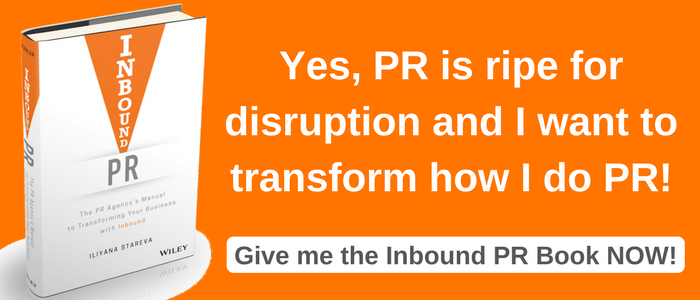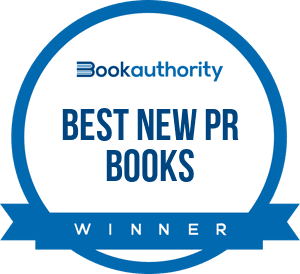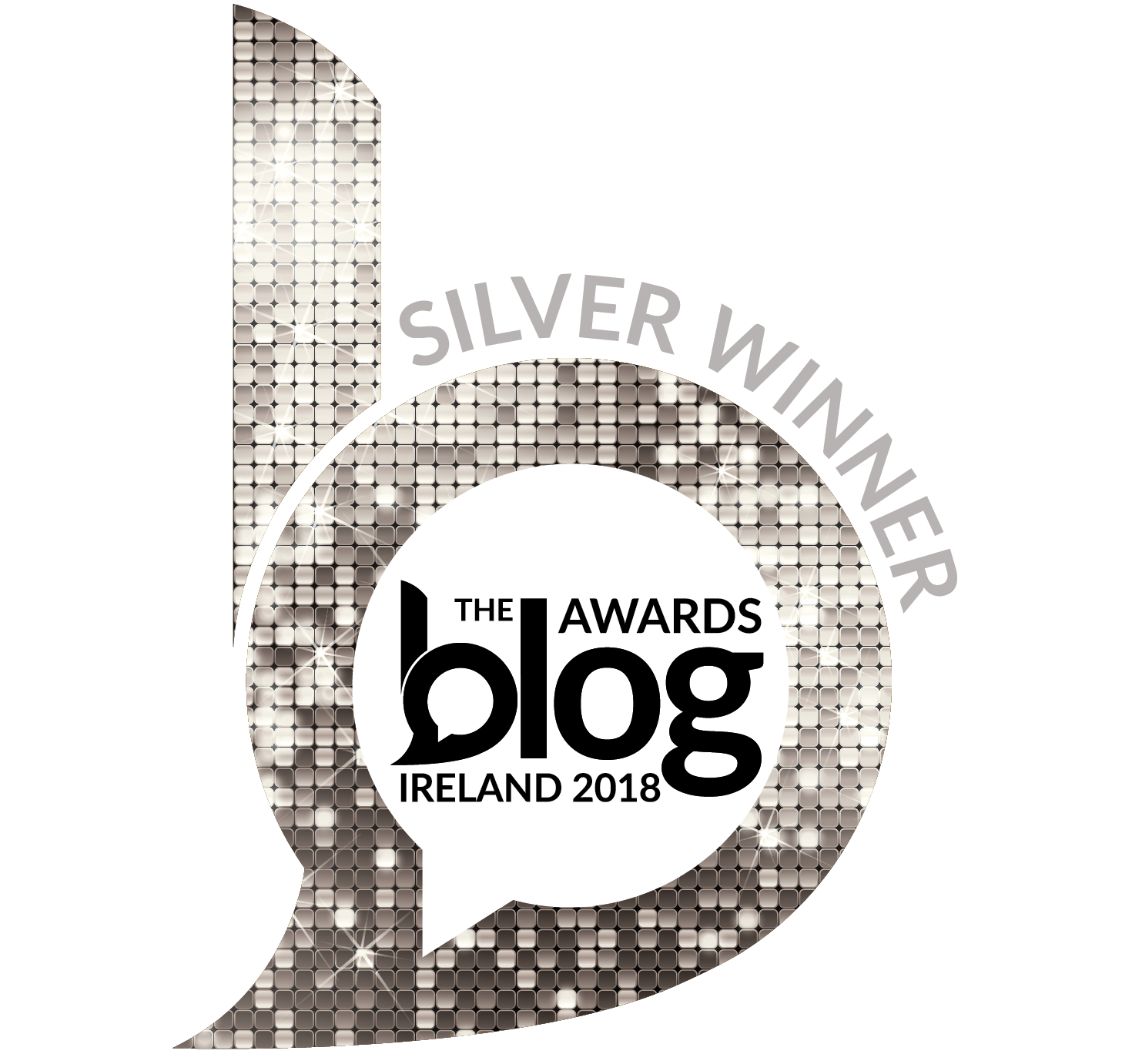Now that you’ve seen the survey results of my dissertation about social media’s impact on PR and read the interview I conducted with Heather Yaxley, it’s time for the next interview to go online.
Below you’ll see the responses of  Shelley Fletcher-Bryant. Shelley is a Strategic PR & Marketing Consultant, Business Owner at Firegrass Communications and Co-Founder at Ladies That Tweet. She is a CIPR Accredited Practitioner and award winning PR specialist with more than 12 years' experience in marketing and public relations. Shelley has worked both in-house and agency, managing campaigns and projects on a local, regional, national and international level for clients. You can follow her on Twitter @shelleyfletcher.
Shelley Fletcher-Bryant. Shelley is a Strategic PR & Marketing Consultant, Business Owner at Firegrass Communications and Co-Founder at Ladies That Tweet. She is a CIPR Accredited Practitioner and award winning PR specialist with more than 12 years' experience in marketing and public relations. Shelley has worked both in-house and agency, managing campaigns and projects on a local, regional, national and international level for clients. You can follow her on Twitter @shelleyfletcher.
Q: How do you think the emergence of social media changed PR? Is it a positive or a negative impact and why?
It is both positive and negative; it provides opportunities to reach and engage with a broader market and communicate more effectively with both your customers and the media, however, the availability of social media channels means that everyone can now be a publisher, editor and journalist. 
On the one hand this is good as it gives control to individuals to share content. However, it also means that not everything you read has been effectively researched and stories / blogs etc are no longer always impartial or factually accurate. It also means that there are now more inaccuracies – think back to playing Chinese Whispers, no matter how hard you try, it is very difficult to ensure a message remains 100% accurate when it is passed though many people and channels.
As PR professionals we have to adapt our behavior and approach to make the most of the new media channels and find ways to manage our clients’ messages and reputations online as well as in the traditional media. In my opinion both have to work hand in hand and a good PR strategy must include online and traditional PR tactics.
Q: What are the main differences between traditional PR and PR 2.0?
We used to talk at people, tell our stories the way we wanted them to be told and effectively just push our messages out. In the emerging world of PR 2.0 it is now about communication, engagement and listening. Our messages and the way in which we communicate our messages have now changed and we now need to look more closely at how our customers wish to receive messages. This could be by reading stories in a magazine or newspaper, or it could be online through Facebook and other social networking platforms.
Once a story is published online it now presents an opportunity and forum for debate. Content can be easily shared, promoted further, but it can also create a platform for debate from the public and other interested parties, something that needs to be monitored by PRs.
The main difference is the immediacy of published content. Historically a story could break, but may take a few hours to make TV or radio, depending on the story, now, with most people owning smart phones and using social networking sites, a story can be published within minutes of it happening, just look at the Hudson River plane landing and the M5 crash. The first pictures and footage were from people in the midst of the story, not journalists.
Q: What opportunities does social media provide? What are the advantages and disadvantages?
It provided the opportunity to tailor your message to your market, engage with them, build relationships and build customer and brand loyalty more effectively.
It provides the opportunity to be timely, reactive and proactive.
It provides opportunity to add comment and take a local story to a national audience and platform.
As with most things, the clue is in the name – ‘social’ networking – it’s all about being social and engaging, not just trying to sell products and services.
It does require monitoring and effective management. It is not an opportunity for staff to spend all day on Facebook – it needs to be managed strategically, just the same as if you were deciding where to place advertising and monitoring conversion rates of campaigns and specific activity.
Q: How do you think the emergence of social media affected the Marketing Mix?
It is now a core component and any element of the overall marketing strategy must now include social and digital media. In my opinion, no company can successfully market themselves without adopting some online tactics, be that ecommerce, social networking, blogging and targeting online media and bloggers. Of course it depends on the products, services and customers, but I do not believe that any business can ignore the opportunities that online PR presents.
Q: What are the main challenges of measuring PR and social media activities? What do you think is the most effective way of measuring them?
I believe that everything needs to be measured against agreed objectives; this may be increased website hits from social sites, use of an offer code or increased brand awareness. But ultimately, any activity should be measured in terms of increased profits. If the activity is working, and the objective is increased sales, then sales should increase.
It is difficult to measure value in terms of AVE / EVE. Personally I do not believe AVE and EVE are a fair reflection or measurement tactic. Having worked client side myself, the value of editorial in terms of what an advert would have cost me does not help me increase my bottom line, but increased sales will. All PR activity, not just social media, should, in my opinion, be designed to increase sales and therefore be measured accordingly.
Q: Can you please briefly describe a normal working day? What are your usual day-to-day activities; how much of them are combined with social media, e.g. how much time of your workday do you spend in blogs and social media networks etc?
- Checking emails
- Checking journalist alerts in emails
- Reviewing Hootsuite searches for key search terms that relate to clients
- Targeting bloggers and freelance writers, exactly as I would with print and broadcast targets
- Reviewing the local daily paper and weekly papers
- Checking Google alerts that have been set up for all clients and key phrases
- Reviewing latest breaking news and industry stories to identify opportunities for client comments
- Reviewing latest audio and visual content to identify opportunities for clients
- Sharing relevant content online
- Issuing media releases to target journalists (traditional and digital)
- Engaging directly with key journos either via email, phone or Twitter
- Checking #journorequests for any opportunities
And of course working on ongoing client campaigns and strategy. A good PR has to be both proactive and reactive in their approach to PR.
Q: Does this change affect your personal life? Do you spend relatively more time “working”, e.g. monitoring social media and networking, in your free time now in comparison to let’s say 6 years ago?
I do monitor social media, the news and emails a lot, but the only difference today to say six years ago, is that there are more platforms to monitor. I have always been aware of news and potential opportunities for my clients, whether that be 11am on a Monday morning or 3pm on a Sunday afternoon, that’s my job.
Technology now has actually made this easier; I now have alerts and key searches set up which mean I can more easily ‘cut through the noise’ and react quickly to opportunities. I am always looking for opportunities for my clients and, as we live in a time of 24 hour news, opportunities don’t always happen Monday to Friday, 9 to 5.
Q: What are your predictions for the future of the practice and what do you think would be the biggest challenges for the industry?
Very difficult to say. Social will continue to be important, but I don’t believe that traditional will cease. There will always be a need for accurate and professional journalism and whether that’s in print, broadcast or online, it will always be important. I am sure more social sites will emerge and I predict that PR will have to become even more targeted for specific mediums and with tailored messages.
I think we will find even more ways to engage with our customers and publics and may even find companies and products being developed as a direct result of customer engagement, consultation and demand.
Want to know more about social media’s impact on PR?
Get the book here. The research was published as a book called "Social Media and the Rebirth of PR". Read it now!







